Nick JD for PM
as long as he says NO to the carbon tax..... even the price of Malt is going to increase heaps .....

Nick JD for PM
I would call that a decoction mash out, not a decoction mash.
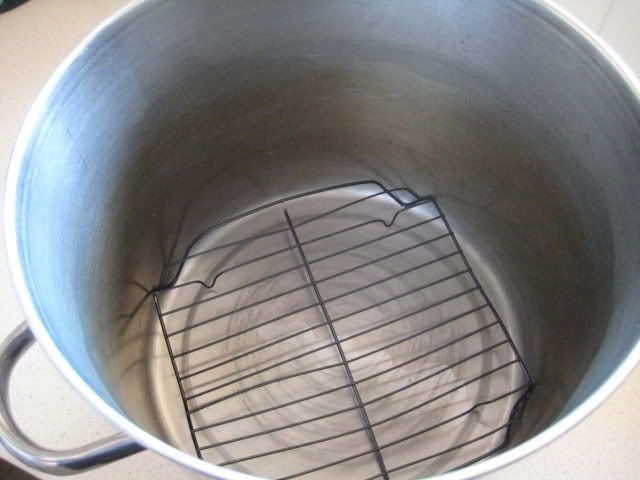
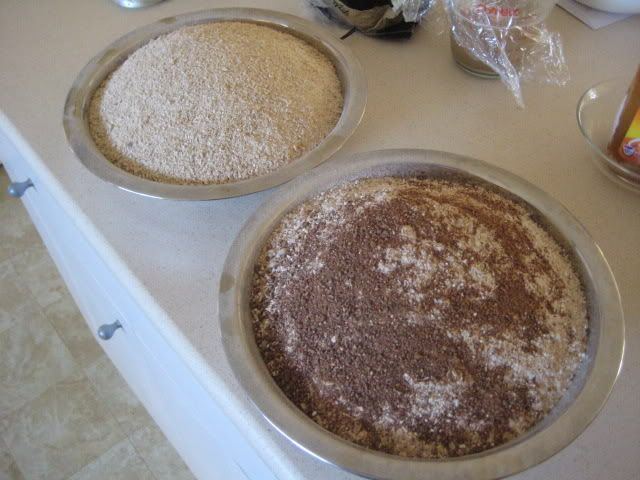

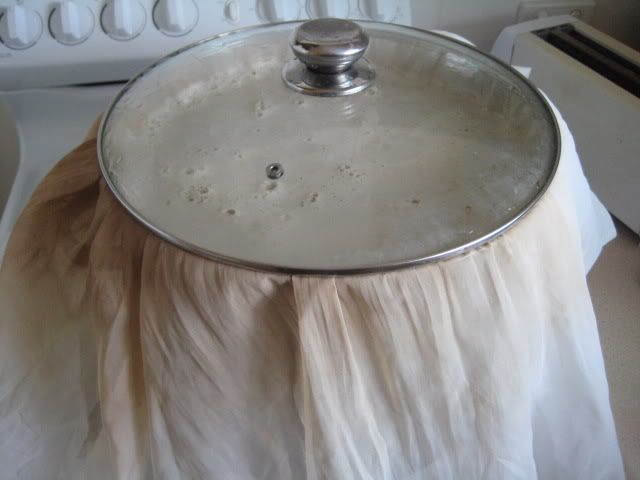

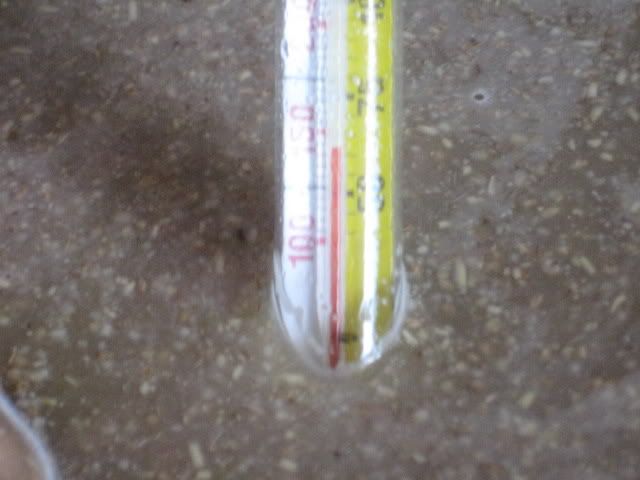
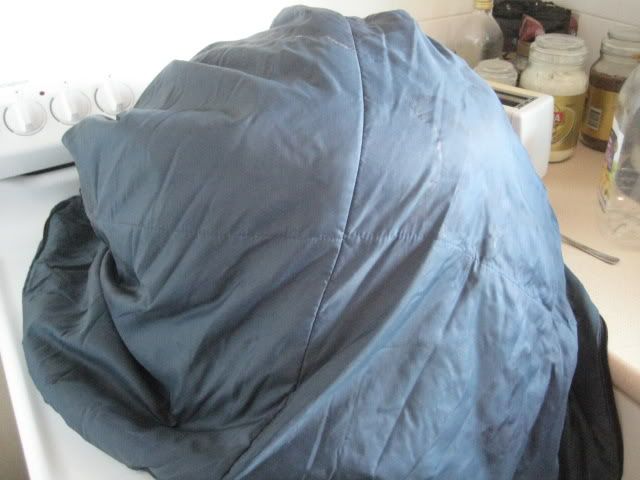
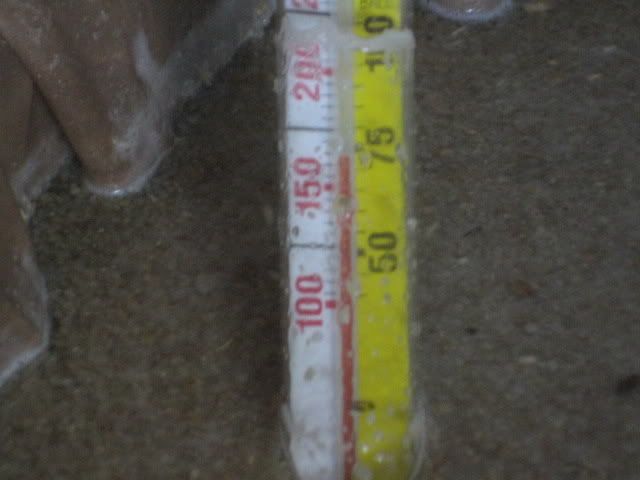
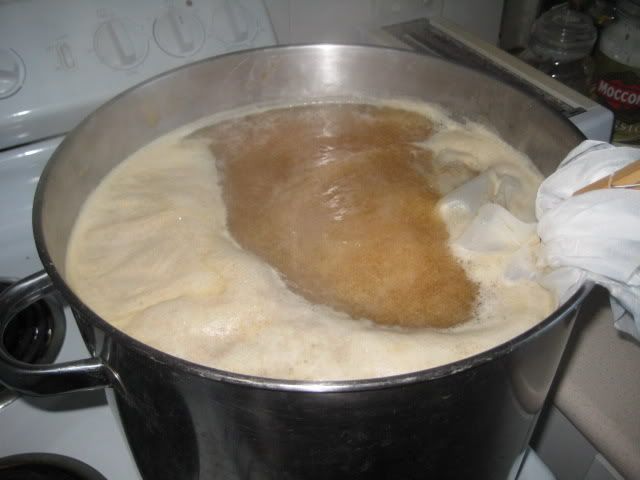
Nick, why the caketin false bottom, when you have a bag?
Goomba
Will the tannin flavour subside or am I stuck with it?
Nice one nick.
I was actually just down the LHBS telling an old timer how I did BIAB's.
I had to explain it like a big tea bag.
He reckons he is going to get on here check out the original thread and have a crack.
Scary when the retailers are less knowledgable about the customer, given that knowledge is part of the experience and reason for a LHBS in the first place (and a tax deduction for making your own booze...... sort of).
Goomba
This is how I've felt since I started BIABing. I read a lot of people saying that if you don't keep BIAB in a single vessel you may as well be doing 3V. I couldn't bring myself to agree with this sentiment as using my spare fermenter for a cheeky sparge still seems a lot easier and cheaper than building a mash tun and all the other stuff that goes along with a traditional setup.However once it was demonstrated that you can use a smaller pot, do a sparge, (**** I said the S-wordh34r: )even brew over gravity and adjust the strength down, etc, it was very easy to brew cornie-sized or bigger batches with little extra effort, far less expenditure and as demonstrated, good quality results.
This is how I've felt since I started BIABing. I read a lot of people saying that if you don't keep BIAB in a single vessel you may as well be doing 3V. I couldn't bring myself to agree with this sentiment as using my spare fermenter for a cheeky sparge still seems a lot easier and cheaper than building a mash tun and all the other stuff that goes along with a traditional setup.
I read a lot of people saying that if you don't keep BIAB in a single vessel you may as well be doing 3V.